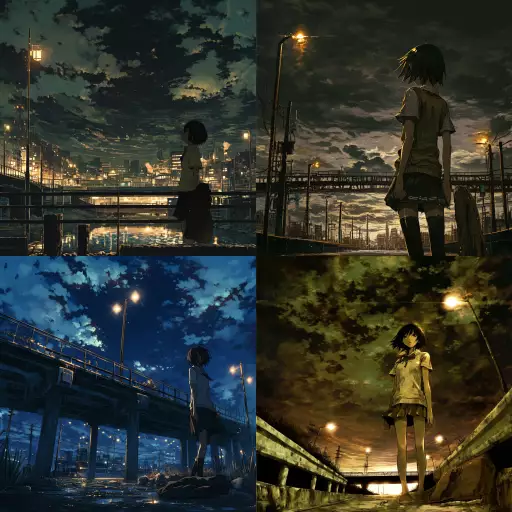Explore the Best AI Image Gallery

Crafting the Future: AI-Generated Media and the Ethical Landscape of Creativity
The realm of creativity is undergoing a seismic shift with the emergence of artificial intelligence (AI)-generated media. From generating captivating music compositions to crafting realistic images and videos, AI algorithms are pushing the boundaries of artistic expression. This transformative technology presents both exciting opportunities and complex ethical challenges for the creative industry.
A New Canvas: Potential Applications of AI-Generated Media
AI-powered tools offer a vast array of applications across various creative disciplines:
- Music Production: AI algorithms can compose original music pieces in diverse genres, assist in songwriting, and even generate custom soundtracks for films and video games.
- Visual Arts: AI can create stunning images, artwork, and designs, allowing artists to explore new aesthetics and push the limits of their imagination.
- Filmmaking and Video Production: AI-powered tools can assist in scriptwriting, generating realistic special effects, and even creating entire films.
- Literature and Storytelling: AI can help authors generate plot ideas, develop characters, and even write entire stories, offering a collaborative approach to creative writing.
Navigating the Ethical Landscape
While the potential of AI-generated media is undeniable, it also raises crucial ethical considerations that need careful attention:
- Copyright and Ownership**: Who owns the copyright to AI-generated content? The creator of the AI algorithm, the user who prompts the AI, or the AI itself? This legal gray area requires further clarification.
- Bias and Representation**: AI algorithms are trained on massive datasets, which can perpetuate existing biases present in society. It is essential to ensure that AI-generated media reflects diverse perspectives and avoids reinforcing harmful stereotypes.
- Job Displacement**: The automation capabilities of AI raise concerns about potential job losses in creative industries.
- Authenticity and Trust**: Consumers may struggle to distinguish between human-created and AI-generated content, raising questions about authenticity and trust. Transparency is crucial in this regard.
Shaping the Future: Responsible Development and Regulation
To harness the power of AI-generated media while mitigating its risks, a multi-faceted approach is required:
- Ethical Guidelines and Standards**: Industry organizations and policymakers need to establish clear ethical guidelines for the development and use of AI in creative fields.
- Transparency and Explainability**: Researchers and developers should strive to make AI algorithms more transparent and explainable, allowing users to understand how AI-generated content is created.
- Education and Training**: Providing education and training opportunities will equip individuals with the skills needed to navigate the evolving creative landscape shaped by AI.
- **Collaboration and Dialogue**: Fostering open dialogue and collaboration between artists, technologists, ethicists, and policymakers is essential for shaping a responsible future for AI-generated media.
Conclusion
AI-generated media has the potential to revolutionize the creative industry, offering exciting possibilities for artistic expression and innovation. However, it is crucial to approach this technology with a sense of responsibility, addressing ethical concerns and ensuring that AI serves as a tool to enhance human creativity rather than replace it. By embracing open dialogue, fostering collaboration, and establishing clear ethical guidelines, we can navigate the evolving landscape of AI-generated media and shape a future where technology and creativity converge harmoniously.



